Decommissioning models are receiving greater attention as challenging economic realities call into question the continued commercial viability of assets already beyond their design lives. On the other side of the equation, the bill for decommissioning is massive for operators worldwide.[1]
In the North Sea alone, it could cost up to USD82 billion (bn) from 2016-2040, with as much as USD51bn of that in the UK sector.[2]
The Norwegian Petroleum Directorate estimates that total decommissioning costs for offshore Norway will be NOK160bn (USD19bn). An equivalent forecast for Gulf of Mexico is USD26bn.[3]
“Experience in this type of activity is still relatively limited,” said Graeme Lamont, business development manager, UK & West Africa, DNV GL - Oil & Gas. “This presents opportunities for greater collaboration, knowledge sharing, and clearer guidance to minimize disruption to neighbouring fields. Activity needs to be carried out in a safe, environmentally conscious and cost-effective way.”

Allseas Pioneering Spirit, which can remove huge topsides and jackets in a single lift, is an innovative response to decommissioning costs. Photo: Allseas
For more than a decade, DNV GL engineers have supported platform removal operations right through from desktop assessments and offshore supervision to environmental and safety studies. Workscopes during dismantling and removal of major topsides have also included studies which balance efforts to control operational and technological risks in various decommissioning phases.
Online collaboration tool
Most recently, the technical advisor has brought its worldwide experience to its role as a workstream ‘champion’ for an online platform being developed by the UK industry forum Decom North Sea (DNS) to facilitate knowledge sharing.
In this capacity, DNV GL vets and manages the quality of content produced by collaborative efforts to make it easier and more cost effective for operators to comply with the UK's regulations governing the cessation of production (CoP) and dismantling and removal of offshore infrastructure.
Regulatory compliance is one of 10 decommissioning workstreams on which operators, contractors and other stakeholders are collaborating to develop DNS’s Late Life Planning Portal (L2P2).
These areas of work require attention and management as a company and its assets move from normal operations through late life to CoP and decommissioning.
Once online, L2P2 will help oil and gas professionals to plan and execute projects. Its development marks a change in the mind-set of companies. “They are starting to understand the value of collaboration,” said Karen Seath, general manager, DNS.
She added: "The cost and complexity of decommissioning is forcing a long, hard think about how best to utilize capabilities and resources. The sector is realizing that effective collaboration can achieve things much more cost efficiently and effectively than going it alone.”
One operator and contractor have co-located their teams working on a major North Sea decommissioning project offshore UK, and aligned organizational structures for the duration, for example.
“We are also seeing port owners and public agencies collaborate with contractors and suppliers to improve onshore locations as logistics hubs for decommissioning,” Seath said.
“L2P2 is a true collaborative knowledge hub for sharing tools, experiences, lessons and new ideas to help plan and execute decommissioning projects. Case studies from completed projects will help others by sharing what went well and not so well,” she said.
The regulatory compliance workstream recommends that operators should start monitoring UK regulations more than 10 years before CoP, said Lamont.
“Experience reflected in the L2P2 suggests that preliminary regulatory discussions in the UK should best take place between about five to 10 years before CoP, and that a draft decommissioning programme should be drawn up three to five years before production ceases. Formal submission to regulators is around three years before CoP, and regulatory compliance still needs managing after last oil or gas has flowed.”
Joined-up thinking
Regulatory compliance meshes with other workstreams: business strategy; commercial; liability economics; project management; production operations; well plug and abandonment; contracting strategy; technology; and stakeholders. These are aligned in the L2P2 so users can see what could or should happen in each workstream at milestones along a timetable reflecting good practice based on industry experience.
Proof of the L2P2 concept is due online in May 2016. A landing page for the portal will signpost visitors to content supporting any function or timeframe of the decommissioning process.
Supporting decom for more than 10 years globally
The scale of decommissioning activities DNV GL supports globally has ranged from whole platforms to individual work packages and isolated subsea infrastructure. High profile completed or ongoing North Sea decommissioning projects with DNV GL involvement include: in the UK – Amethyst, Maureen, Miller, Murchison, NW Hutton, and Welland; offshore Norway – Asgard, Ekofisk and Frigg.
Recommended practices and service specifications relevant to aspects of offshore decommissioning include: DNV-RP-H101 Risk management in marine and subsea operations; DNV-RP-H102 Marine operations during removal of offshore installations; DNV-RP-H103 Modelling and analysis of marine operations; and DNV-OSS-300 Risk-based verification.
Also, the Offshore Standard, DNV-OS-H102 Marine operations,design and fabrication was published in 2012. A DNV GL Guideline, Risk based abandonment of offshore wells, was issued in 2015.5
[1] ‘Decom provisions on the rise, report oil majors’, decomworld.com, 16 March 2016
[2] ‘North Sea decommissioning market forecast 2016-2040’, Douglas-Westwood, February 2016
[3] ‘Offshore decommissioning report 2015: Gulf of Mexico 6th edition’, Mark J Kaiser, Decomworld, March 2015


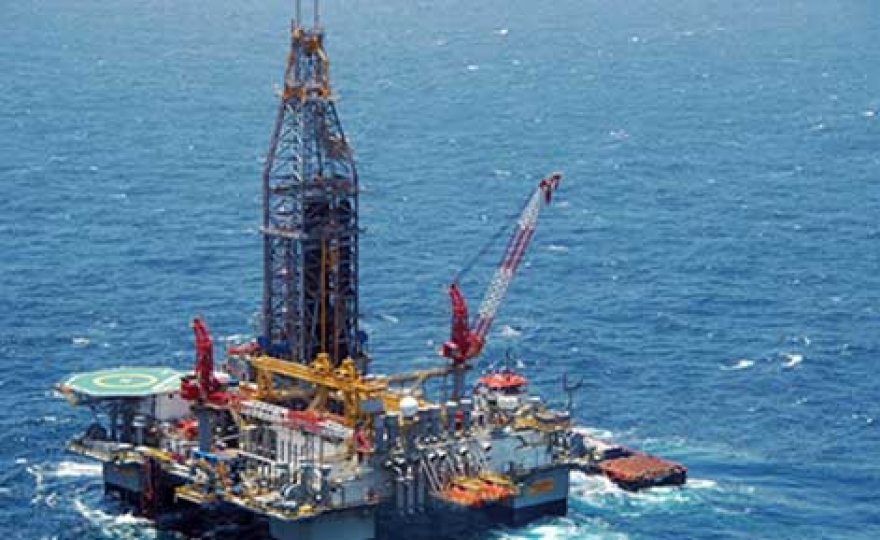
 ExxonMobil
ExxonMobil Stuart Lawson, Managing Director, AISUS Offshore
Stuart Lawson, Managing Director, AISUS Offshore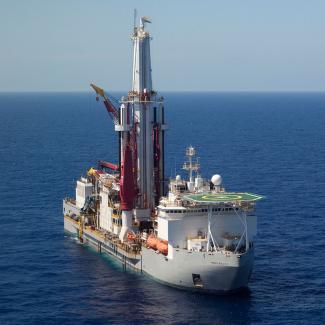 Noble Bully II. Photo credit: Noble Corporation
Noble Bully II. Photo credit: Noble Corporation Kosmos Energy (NYSE:KOS) announces that it has entered into a partnership with BP (LSE:BP) in Mauritania and Senegal that combines Kosmos’ exploration expertise with BP’s deepwater development, and LNG production and marketing experience.
Kosmos Energy (NYSE:KOS) announces that it has entered into a partnership with BP (LSE:BP) in Mauritania and Senegal that combines Kosmos’ exploration expertise with BP’s deepwater development, and LNG production and marketing experience. Subsea 7 S.A.
Subsea 7 S.A.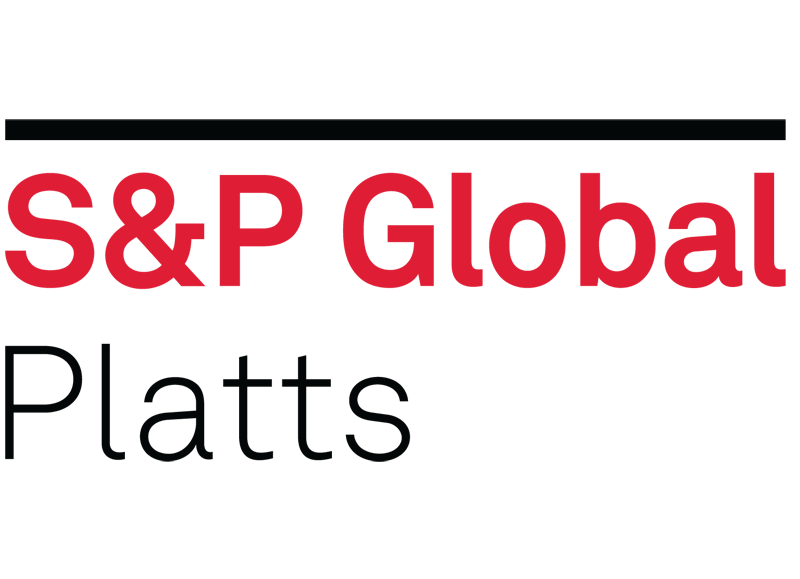 Oil production from the Organization of the Petroleum Exporting Countries (OPEC) for November rose for the sixth straight month to a record 33.86 million barrels per day (b/d), according to a survey of OPEC and oil industry officials by
Oil production from the Organization of the Petroleum Exporting Countries (OPEC) for November rose for the sixth straight month to a record 33.86 million barrels per day (b/d), according to a survey of OPEC and oil industry officials by  Ecopetrol S.A. (BVC: ECOPETROL; NYSE: EC) announces the discovery of oil at the Warrior well located in deepwater of the Green Canyon in the Gulf of Mexico.
Ecopetrol S.A. (BVC: ECOPETROL; NYSE: EC) announces the discovery of oil at the Warrior well located in deepwater of the Green Canyon in the Gulf of Mexico.
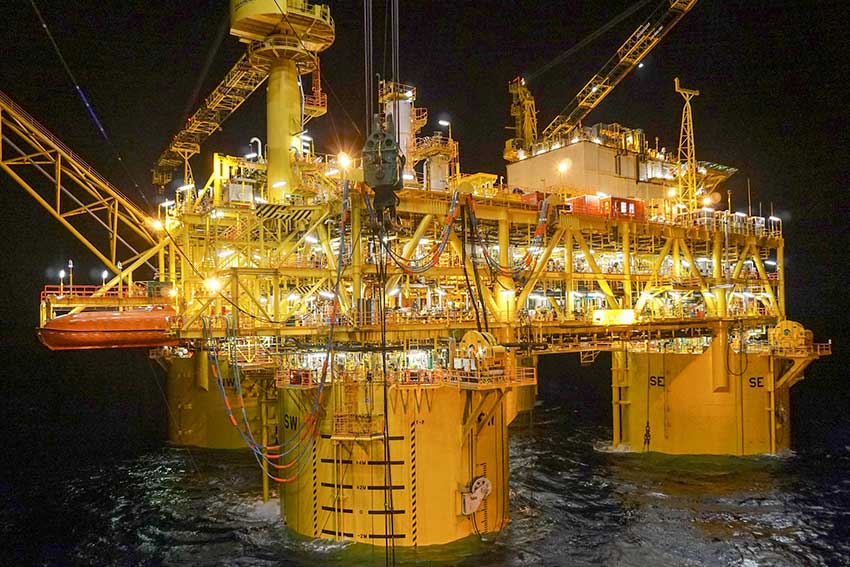 Malikai Tension Leg Platform starts production. Photo courtesy: Shell
Malikai Tension Leg Platform starts production. Photo courtesy: Shell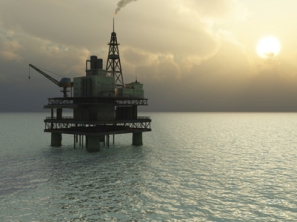 The Bureau of Ocean Energy Management (BOEM) completed its required evaluation to ensure the public receives fair market value for tracts leased in Western Gulf of Mexico Oil and Gas Lease Sale 248, held on August 24, 2016.
The Bureau of Ocean Energy Management (BOEM) completed its required evaluation to ensure the public receives fair market value for tracts leased in Western Gulf of Mexico Oil and Gas Lease Sale 248, held on August 24, 2016. Photo credit: Patrick Kelley, USCG
Photo credit: Patrick Kelley, USCG Saipem Limited
Saipem Limited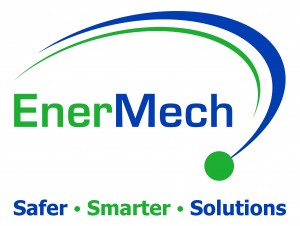 EnerMech
EnerMech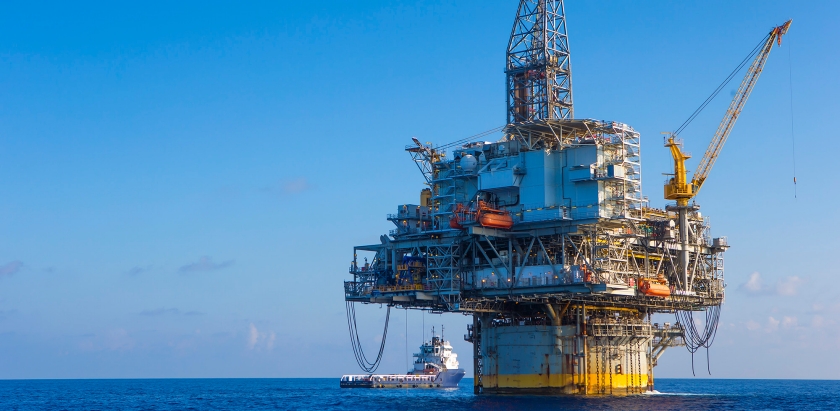 Photo credit: BP
Photo credit: BP